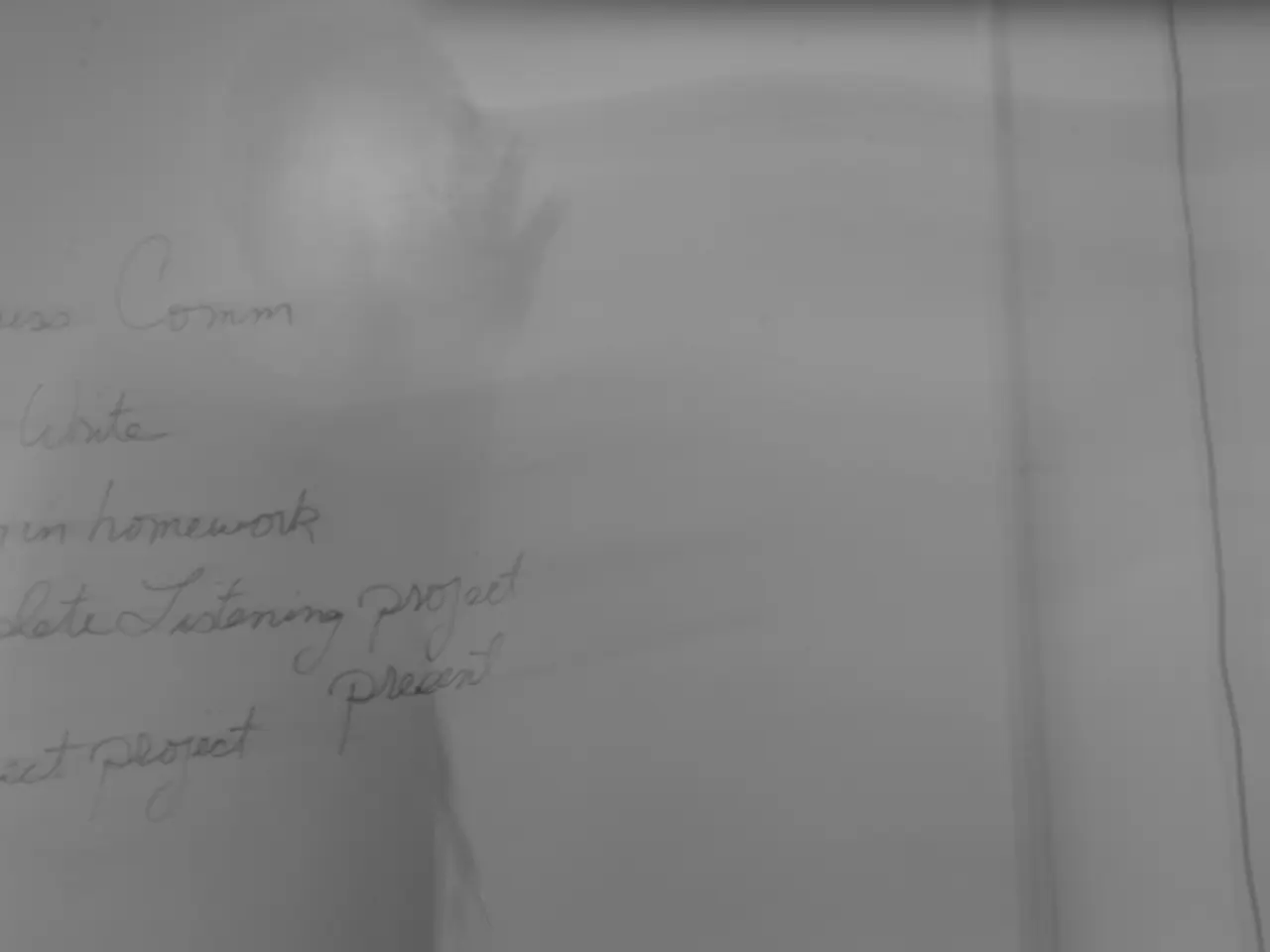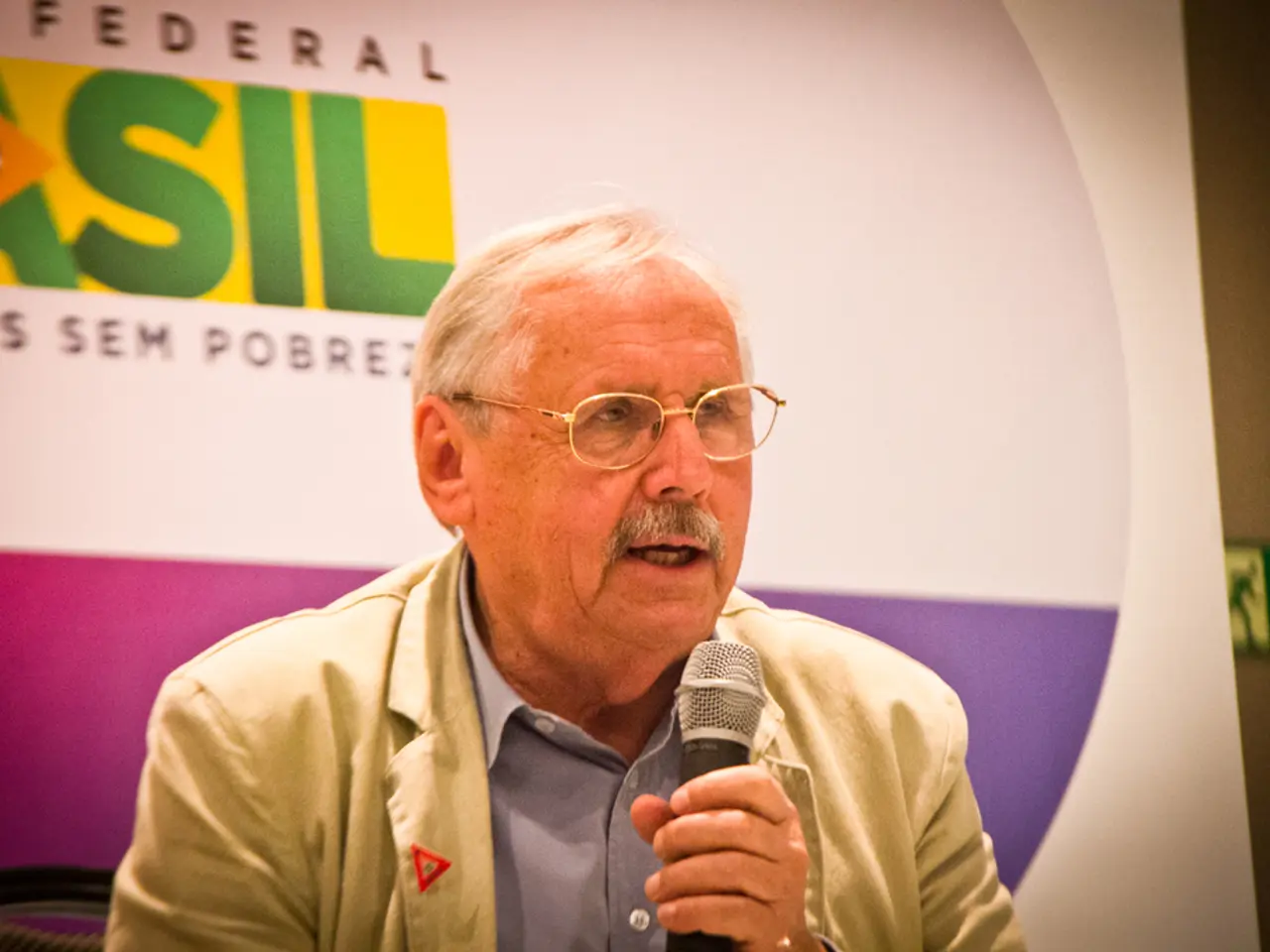Doha Climate Summit: Can the Camel Pass Through the Needle's Eye? (A reference to the summit's challenges amidst complex climate change negotiations)
The 2012 Doha Climate Summit, also known as COP 18, marked a significant step forward in international climate policy, even though it did not meet all expectations. Held on December 8, 2012, the summit led to several key outcomes that set the stage for future negotiations.
One of the summit's most significant achievements was the adoption of the Second Commitment Period of the Kyoto Protocol. The Doha Amendment, which extended the Protocol's second commitment period from 2013 to 2020, ensured that some countries continued to have binding emissions targets, although many significant emitters were not covered[1][2].
Another key outcome was the closure of the Ad hoc Working Groups (AWG-KP and AWG-LCA), which were set up to address specific aspects of climate negotiations[2]. The summit also recognised the need for long-term climate funding, with a goal of reaching USD 100 billion per year by 2020 for developing countries[2].
However, the summit did not result in a universal climate agreement or immediate ambition to raise emissions reduction targets. The focus was on setting a path toward a broader agreement, which was later achieved through the Paris Agreement in 2015[2].
Notable absentees from the second commitment period include the U.S., Canada, Russia, Japan, and New Zealand. On the other hand, only nine countries have targets for the second period: the EU, Australia, Norway, Switzerland, Iceland, Monaco, Liechtenstein, Belarus, Ukraine, and Kazakhstan[1]. Russia, Poland, and Ukraine can carry over excess emissions rights from the first commitment period into the second[1].
The EU was not in a position to offer money in Doha for climate finance. Potential buyer countries from the European Union and Australia made a political commitment not to buy these excess emissions rights[1]. The subject of reducing fossil fuel subsidies was established as an important component in the ADP negotiations, due to the efforts of a number of countries and NGOs[1].
The Adaptation Fund, which has been funded by CDM projects and voluntary contributions, will now also profit from joint implementation projects and the transfer of emission rights at the country level[1]. The Bali Action Plan (long-term cooperative action/LCA) negotiations were officially concluded in Doha, although there was dispute over what "meaningful closure" signifies, and thus virtually every key issue of international climate policy remained unresolved[1].
Looking ahead, the Durban Platform for Enhanced Action (ADP) negotiations will continue in two areas: the new agreement to be reached in 2015, slated to take effect in 2020, and the question of how to raise climate protection and financing ambitions in the crucial years between now and 2020[1]. Francois Hollande has extended an invitation to Paris for the big summit in 2015 that coincides with the SDG/MDG process[1]. Ban Ki-moon also wants to invite the heads of state and government to a summit in 2014 to prepare the 2015 deal[1]. The COP 19 will take place in Warsaw next year, and the climate conference in 2014 will be going to Peru or Venezuela[1].
References: [1] The Guardian. (2012, December 9). Doha climate talks: five key points from the deal. Retrieved from https://www.theguardian.com/environment/2012/dec/09/doha-climate-talks-key-points-deal [2] Carbon Brief. (2015, December 10). COP21: A brief history of the Paris Agreement. Retrieved from https://www.carbonbrief.org/cop21-a-brief-history-of-the-paris-agreement
- The 2012 Doha Climate Summit, also known as COP 18, marked a significant step forward in international climate policy, particularly with the adoption of the Second Commitment Period of the Kyoto Protocol, which initiated binding emissions targets for some countries, despite many significant emitters remaining uncovered.
- One of the key outcomes of the summit was the closure of the Ad hoc Working Groups (AWG-KP and AWG-LCA), emphasizing the need for a broader agreement, a goal later achieved through the Paris Agreement in 2015.
- The summit recognized the need for long-term climate funding, with a goal of reaching USD 100 billion per year by 2020 for developing countries, a goal which remains relevant in the policy and legislation discussions surrounding climate change.
- The 2015 Paris Agreement, built upon the foundations laid at the Doha Climate Summit, addresses issues such as gender equality in environmental science and the transformation of energy policies towards renewable sources, playing a crucial role in shaping future climate-change and political discourse, including general news and policy-focused discussions.







